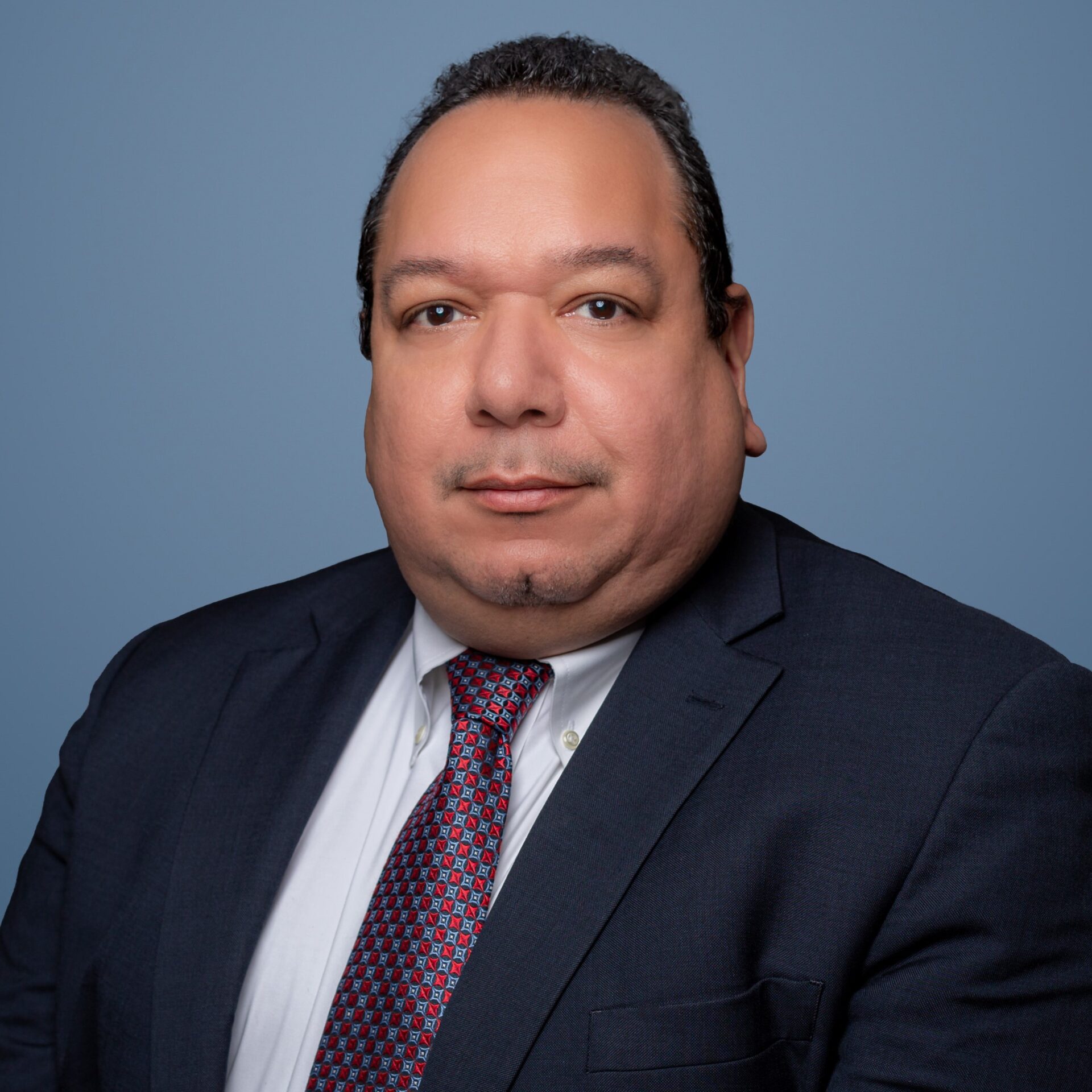Article
Boys Don't Get HPV Vaccination Because Doctors Don't Recommend It, Study Finds
Author(s):
Uptake for the human papillomavirus (HPV) vaccination has never reached CDC targets. Minority children from lower-income households are more likely to get the vaccination than white children from higher-income households, according to the study author.
Vaccination rates for the human papillomavirus (HPV) are not where public health officials would like them to be, especially for boys. And it turns out that the most common reason parents may not get their sons vaccinated is because their family doctors don’t recommend it, according to findings presented this weekend at the Society of Gynecologic Oncology 2018 Annual Meeting on Women’s Cancer, being held in New Orleans, Louisiana.
One in 5 parents does not plan to vaccinate their adolescent son, compared with 1 in 10 parents of an adolescent daughter, according to Anna Beavis, MD, MPH, a gynecologic oncologist fellow at Johns Hopkins University, who based her presentation on results from the 2015 National Immunization Survey-Teen (NIS-Teen). Survey data were used to calculate survey-weighted prevalence estimates of HPV vaccine initiation among boys and girls aged 13 to 17 years. Not only did the survey capture vaccination rates, but reasons parents gave for why they did or did not plan to get their children vaccinated.
In an interview with The American Journal of Managed Care® (AJMC®), Beavis noted that HPV vaccination rates are higher for African American and Hispanic youth at lower income levels than they are for white children at higher-income levels, which further suggest that physician communication is at the root of the problem.
“It is clear that physicians need to give a strong recommendation to both parents of boys and girls,” Beavis said. “They also need to remind parents of the importance of getting all doses, which makes the vaccine the most effective in preventing HPV.”
The 3-dose HPV vaccine was introduced in 2006 for girls and 2009 for boys, with the goal of reducing rates of cervical and vaginal cancer in women, penile cancer in men, as well as cancers of the mouth, throat, and anus in both genders. However, uptake of the HPV vaccine has never come close to reaching the Healthy People 2020 goal of 80% completion in both boys and girls by age 15; in the interview with AJMC®, Beavis noted that while CDC data show the rate for boys continues to climb incrementally, the rate for girls seems to be leveling off.
While a 2-dose version of the vaccine is now available, Beavis said this is only recommended for children age 9 to 15, whose immune systems are stronger. Current CDC guidelines call for vaccinating children between ages 11 and 12, although catch-up doses can be given as late as age 26 for women and age 21 for men.
What the Data Show
According to Beavis’ abstract, in 2015, 63% of all girls age 13 to 17 initiated the HPV vaccine, compared with 50% of boys. When they did not get vaccinated, the most common reason cited was a perceived lack of necessity (21% in girls, compared with 22% in boys P = 0.6). Both boys and girls reported lack of knowledge about the vaccine (13% in girls, 14% in boys, P = 0.5). However, parents of boys were significantly more likely to cite lack of HPV vaccine recommendation from a provider as a reason (19% in boys, 10% in girls, P <.001), and were less likely to report concerns about safety and side effects (9% in boys, 14% in girls, P <.01). Only 3% of parents of boys cited gender as their reason for lack of vaccination. Parents of girls were more likely to cite the girls’ lack of sexual activity as reason for lack of vaccination (15% in girls, 9% in boys, P <.01).
In the interview, Beavis said vaccination rates are uneven across the country, with the lowest rates seen in the Southeast. This is also the area with the highest rates of cervical cancer, although Beavis said this is not a “cause and effect.” When asked if cultural impediments prevented communication about the HPV vaccine, she said the data were not nuanced enough to reveal this, but some focus groups have suggested a reluctance to give the HPV vaccination to children who are not sexually active.
What is clear is that increasing the vaccination rate—for girls and boys—will take more than one response, by states, communities, and health systems. Her own health system, Johns Hopkins, requires primary care providers to meet an 80% HPV initiation rate, for example.
Beavis said the communication issues in the United States surrounding the HPV vaccine put children and young adults with compromised immune systems or chronic health conditions at especially high risk. In Australia, by contrast, recently published data show 78.6% of girls and 72.9% of boys have been vaccinated at age 15, Beavis said.
“Unfortunately, HPV vaccination rates in the United States continue to lag behind those of other Westernized nations,” she said.




